
iPhone XS Max review: Bigger is better
I like small phones, but the iPhone XS Max won me over
Look, that’s not to say I use a tiny handset, like the iPhone SE. I totally get the value of a big screen. I just prefer a phone I can use with one hand.
The iPhone XS Max is the first big phone I’ve ever really liked.
GANG OF THREE
There are three new iPhones this year: The iPhone XR, XS, and XS Max.
The two XS models are the successors to the iPhone X. They retain much of the same design and features, with the main upgrades being the camera, the chipset, and dual SIM functionality.
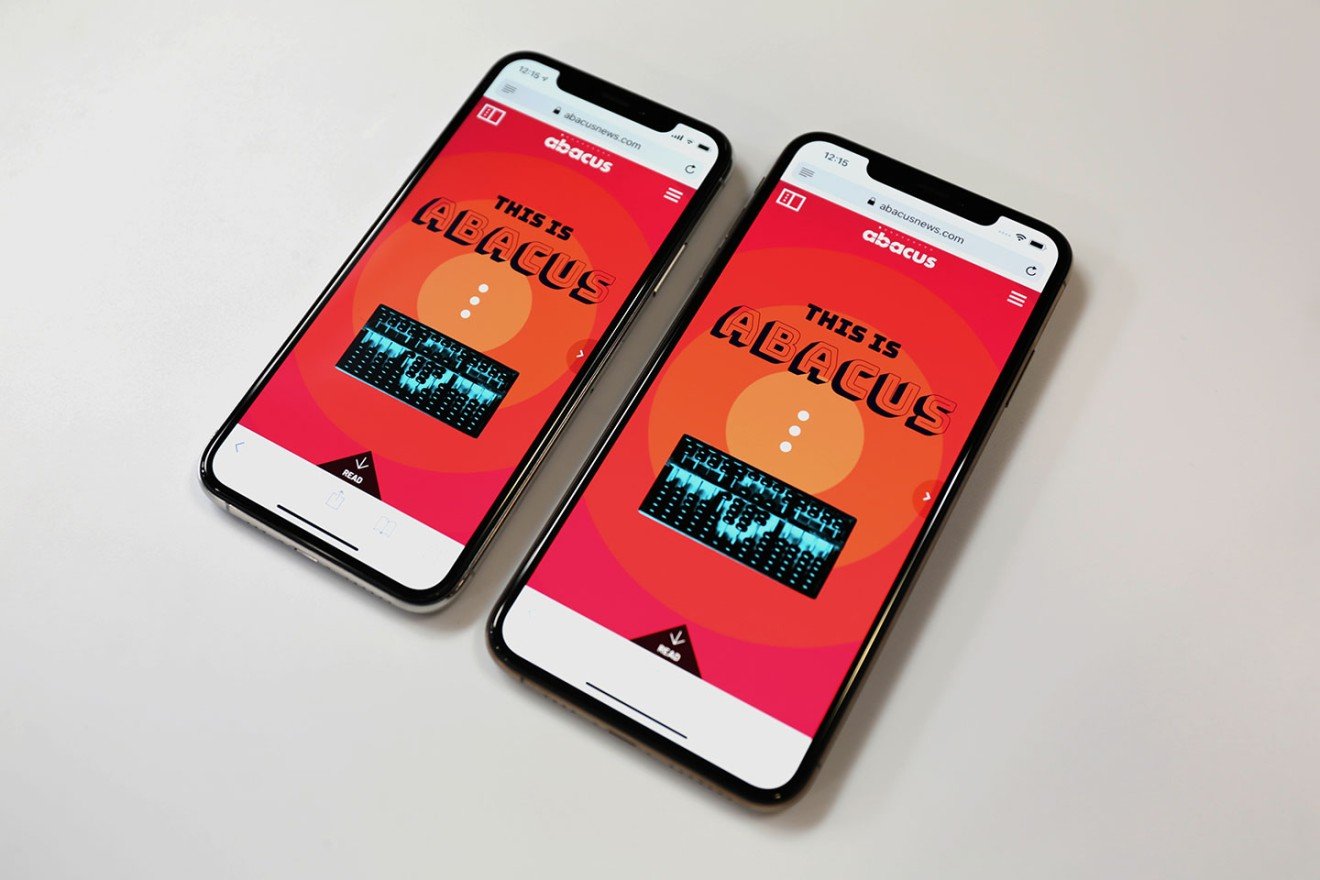
Because so much is similar between the iPhone X and the regular-sized XS, we’re not reviewing that one. I have used it extensively — I bought it for personal use — and my advice would be not to upgrade to the regular-sized XS if you already have last year’s iPhone X.
The Max, however, is a different matter entirely.
THE SAME, BUT… BIGGER
One notable change here is that the screen is virtually the only difference between the iPhone XS and XS Max. In previous generations, the iPhone Plus line often had better features, like better cameras or more RAM.
That’s not the case here: When deciding between the XS and the XS Max, size is the only major difference. (Unless you live in Hong Kong or China, but we’ll get to that a little later.)
That means it retains the overall look and feel of the iPhone X, a design I do like. The rounded edges mean it feels really good in the hand. The glass back is a little too slippery for my liking — I’ve seen the phone slowly slide off surfaces that really didn’t seem slanted — but it’s hard to fault the fit and finish.
But where the XS has a 5.8" edge-to-edge screen, the XS Max has a 6.5" screen — easily the biggest ever for an iPhone.
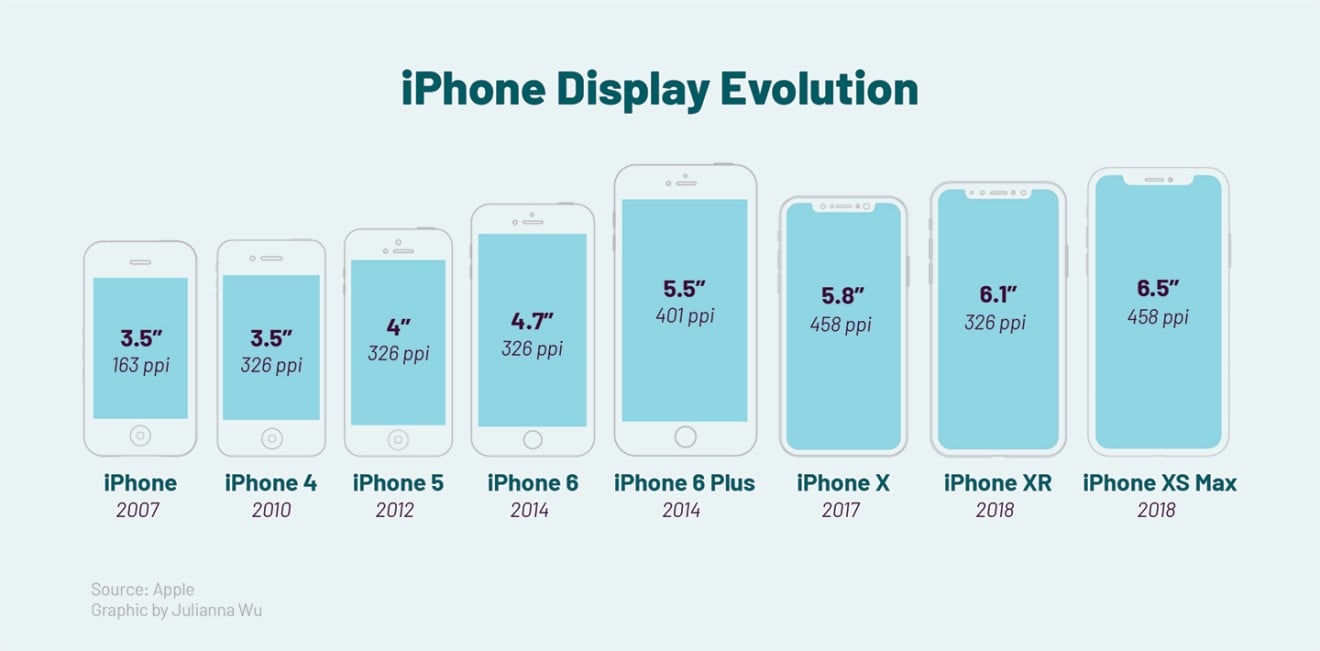
One little change are the addition of an extra antenna band in the top-right and bottom-left of the phone; I didn’t notice any major change to reception quality, but speed tests showed significant boosts in Wi-Fi speeds on the XS Max compared to the X.
The most controversial element of the iPhone X design is, of course, the notch. What’s interesting is that the XS Max’s notch is exactly the same physical size as the iPhone XS notch — it hasn’t been proportionally scaled up or down. It does mean there is a little more screen on either side of the notch, but to be honest, I didn’t really see it making much of a difference in my time with the phone.
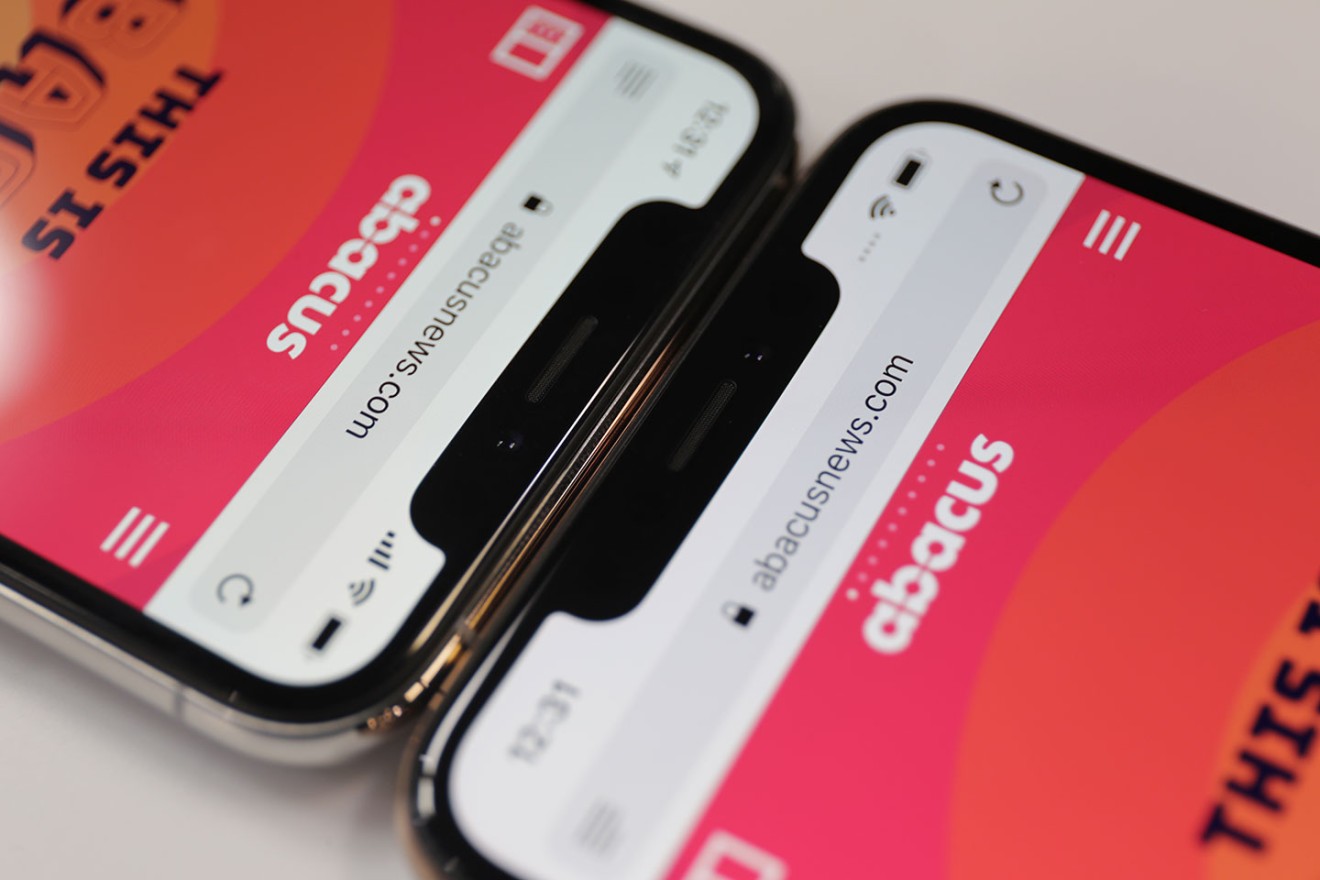
As a final note: Like the X and XS, the XS Max also lacks a chin, the larger-than-normal bezel on the bottom edge of the phone seen in many Android handsets.
WAIT, WHY DOES THIS FEEL NICE?
Alright, so that’s what it’s got. But what’s it like to use?
Again, I don’t really like big phones. I don’t like needing two hands to use a phone.
But… something about the XS Max just works for me. And it works for me in a way that the iPhone Plus models didn’t — even though the Max is roughly the same physical size.
Maybe it’s because phones in general are bigger, and so a “big” phone like this feels like less of a crazy jump in size than it used to. I’ve noticed that I use my iPhone X and XS with two hands way more than I did with the iPhone 7. Maybe that’s “trained” me for using the XS Max.
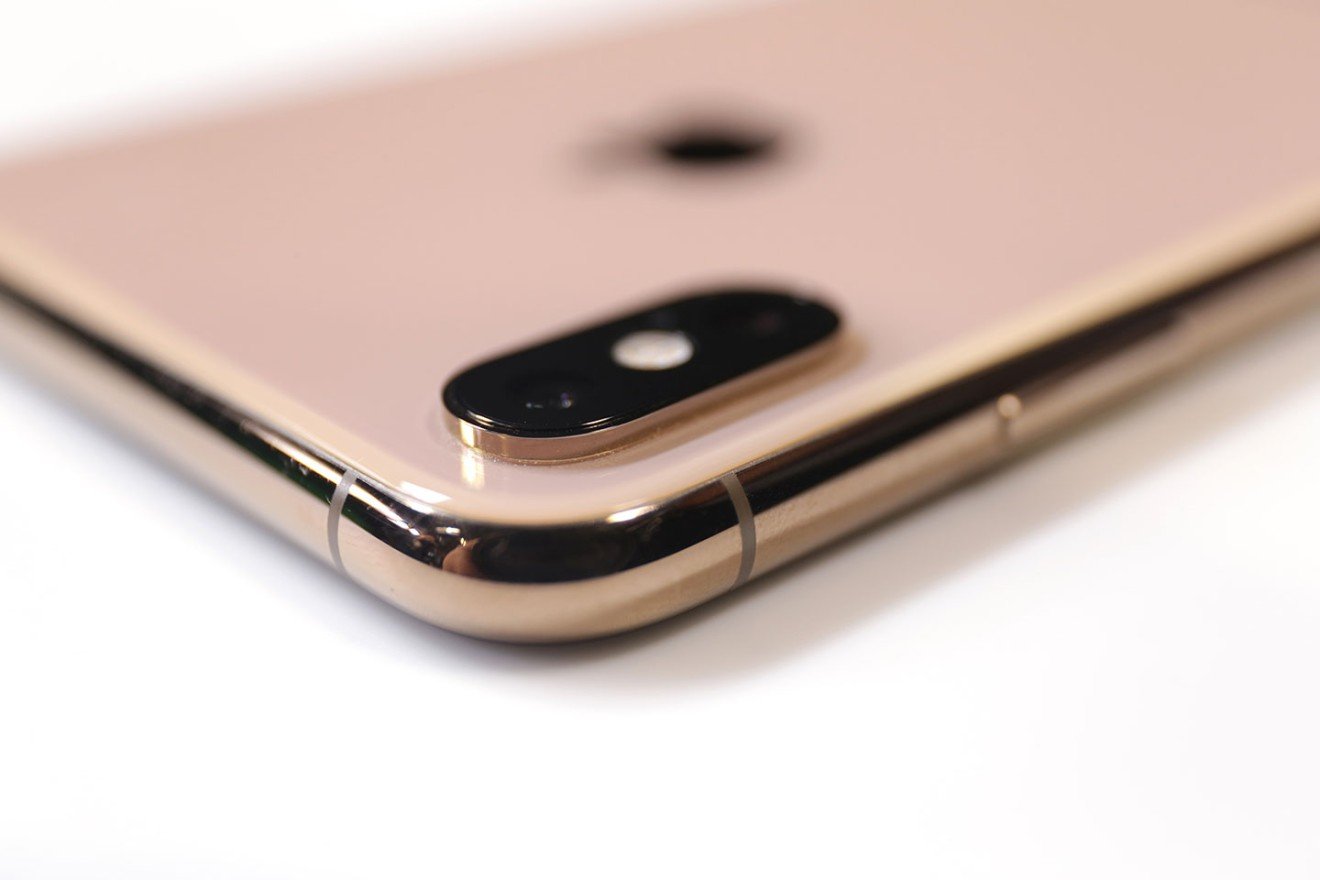
And maybe it’s because, without jumping dramatically in physical size, you get a screen that’s so much bigger it’s almost transformative. Reading the web isn’t squashed or constrained, books feel much more natural, and the two-pane interface for email (in landscape mode) is great.
I do a lot of work on an iPad. But where the iPad feels like I’m working on a sketchbook, the XS Max feels like one of those little notebooks you can tuck into your back pocket.
A CHANGE FOR CHINA
There is one other major difference between the XS and XS Max, but it’s only available in Hong Kong and China.
Apple’s new 2018 iPhones are the company’s first to support dual-SIM functionality. The XS and XR achieve this with one physical SIM card and an eSIM. In the rest of the world, the XS Max works like this, too. But in China, the larger handset supports two physical SIM cards.
It’s pretty straightforward. Slide your SIM cards in, and the phone will pop up a screen asking how you want to allocate them. You designate one as the primary and the other as the secondary line, and then you’re prompted to decide which handles voice and which handles data.
It’s a great tool for travelers: You can keep your existing number just in case someone from home needs to contact you urgently, but route all data through a local SIM.
Another bonus: While the eSIM feature is only supported by a handful of carriers, there are no such restrictions for dual physical SIM cards. Just slide one in, and you’re good to go.
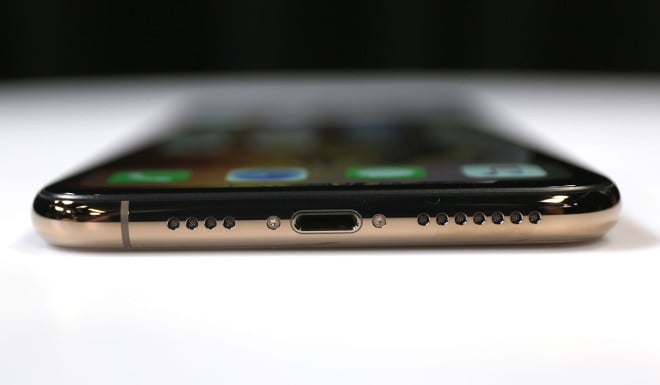
BIONIC UPGRADE
Apple made a big deal over the new A12 Bionic chip. The benchmarks are incredibly impressive, but to be honest, in normal use, modern phones are fast enough that it’s hard to see where it makes an impact.
What might be important is how this carries on down the line. We're holding on to our phones longer than we ever did, and getting a proper top-of-the-line CPU could help extend the lifespan of your phones. But, critically, that's not a factor in the XS Max: It has the same CPU as the regular-sized XS, as well as the lower-priced XR.
The bigger battery from the smaller XS model did seem to make a difference in that I noticed I had more left in the tank after a day of use… but on the flipside, I didn’t run out of battery in normal usage on either model.
One behind-the-scenes feature that I have noticed making a difference: More RAM. I have way too many tabs open in Safari all of the time, but I’ve noticed with the XS Max that they don’t need reloading as often as before. Pokémon Go (yes, I still play) would often quit and need to reload whenever I switched to the camera or another app; that doesn’t happen nearly as often here.
ABOUT THAT CAMERA…
The most obvious change for most people will be with the camera. You can now edit portrait mode photos after taking them to adjust the level of background blur. It’s a neat addition that I can see working quite well.

Another change is that you’ll now see live previews for the studio lighting function. But to be honest, I’ve never had good results with that mode, and that’s still the case here. It never seems to accurately isolate a person’s face, leading to weird shadows cropping up. (But now you get to see those weird shadows in real-time!)
When the phone came out, the camera got a lot of flak for smoothing out features — almost like a beautifying filter. Since then, Apple issued a fix in iOS 12.1, making images a bit sharper.
Maybe my eyes are playing tricks on me, but I still see smoothness in the images. More importantly, this is the first iPhone camera that doesn’t feel like a massive upgrade to me. It’s certainly not worse than the iPhone X, but it doesn’t seem significantly better, either — just different.
GREAT FOR GAMING
I really, really liked playing games on this phone.
Whatever you think of how big the iPhone XS Max is for daily use, for browsing the web or anything else, it feels really good when you flip it into landscape mode. Here, the size is an asset, because it’s comfortable to grip the phone. It’s obviously not contoured like a console controller, but my hands are far apart enough that it feels vaguely comparable; it certainly doesn’t feel cramped, like they do when gaming on the smaller XS or previous iPhones.
Beyond comfort, there’s also utility: Your hands aren’t blocking the screen in a game that has virtual buttons on the screen, like PUBG Mobile or Fortnite. I’m still not a huge fan of virtual buttons, but I was surprised how much I enjoyed playing those games.
And of course, games looked great on that giant OLED screen, with true inky blacks and bright, vibrant colors.
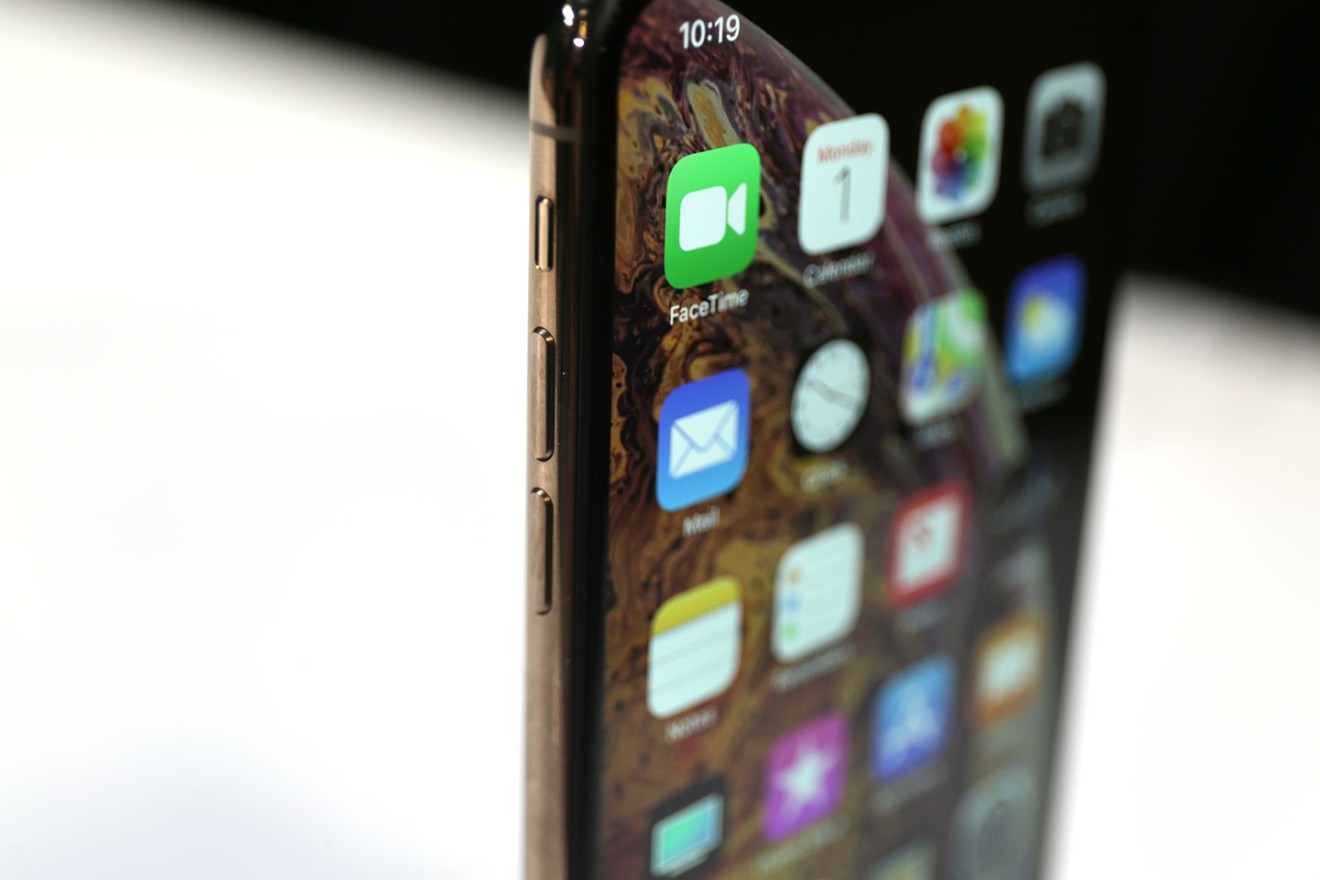
SIZE MATTERS NOT…?
You'll notice I haven't covered the price here. If you're looking at an iPhone, if you're looking at an iPhone X, you know it's going to cost a lot: In this case, more than any iPhone ever.
Is it worth it? It's hard to say. On the one hand, since we're holding on to our phones longer than ever, spending more makes sense — you're not just buying the phone for this year, but for the next. In that sense, the iPhone XS Max should last a good few years.
As you can tell, I really liked this phone.
If it seems weird that I’m making a big deal about that (no pun intended), it’s because I really didn’t expect to. I’ve been a small phone lover for years, and I didn’t like the Plus-sized iPhones.
But something just feels right about the iPhone XS Max. The (almost) bezel-free screen meant you get a truly enormous display for a phone that isn’t significantly larger than the iPhone XS, which is by no means a small phone — and yet somehow it’s the smallest of Apple’s new X lineup.
If you want a big iPhone, the XS Max is obviously the one to go for. But even if you don’t, even if you think you’re a fan of small phones, you might want to check out the bigger iPhone. Like me, you might be pleasantly surprised.
For more insights into China tech, sign up for our tech newsletters, subscribe to our Inside China Tech podcast, and download the comprehensive 2019 China Internet Report. Also roam China Tech City, an award-winning interactive digital map at our sister site Abacus.

